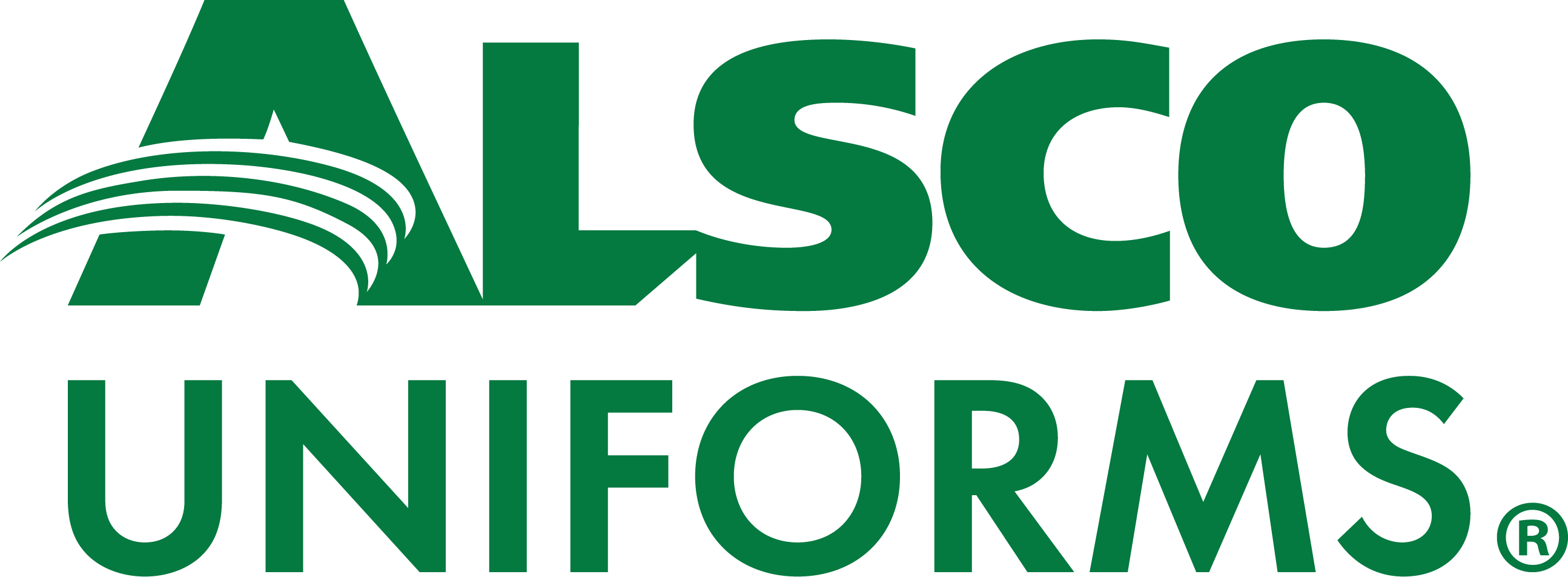
Fresh, fluffy towels are a staple in any well-appointed bathroom, but getting covered in towel fuzzies is unpleasant. In some cases, this happens not only with the first use but also for weeks or even months after purchase.
Shedding towels are an issue not only for brand-new towels but also for towels that have long been in use.
The good news is that, in both cases, there are a few simple tips and tricks that can help stop your towels from shedding.
How to Wash New Towels
To wash new towels properly, start by removing any manufacturing residues that can cause stiffness, shedding, or poor absorbency. New towels often come with a coating that repels water and leaves behind lint, so your first wash is essential for prepping them for everyday use. The good news? There are several easy methods, using items like vinegar, baking soda, or even just cold water, that can help break down that coating and leave your towels soft, clean, and ready to go.
Dry on low or use the air fluff setting. Before washing, you can put your towels through a no-heat or low-heat dryer cycle like air fluff. This helps loosen extra lint without setting the coating with heat. Be sure to clean out the lint trap before and after. Shake towels out well in between. Make sure the lint trap is completely clean. Clean it out when the cycle has run, and shake the towels again. If lint continues to fall off, do it a second time. Remember to use no heat, if possible. Skip the dryer sheets — they will only add more of a coating to the towels.
Wash towels with white vinegar. Following the air fluff cycle, wash your towels with 1 cup of white vinegar; no other kind of vinegar will be appropriate for this purpose. Skip all other detergents, especially fabric softener. The vinegar will be enough to do the trick. Wash the towels on their own, in a separate load from the rest of your laundry. Repeat this process every month to help your towels stay soft.
Skip the fabric softener. Avoid using any fabric softener in the first few washes. These can coat fibers, making them less absorbent and harder to clean.
Wash towels in baking soda. If you don’t have white vinegar on hand, you can choose instead to wash your new towels with one-half cup of baking soda. Be sure to dissolve the baking soda in hot water, so it doesn’t clump and stick to the towels or the washing machine.
Wash towels in salt. If you prefer, salt has a similar effect on stopping new towel shed. Again, you will want to dissolve the salt in hot water before adding it to the towel-only load. Avoid adding other clothes or using fabric softeners of any kind.
Freeze towels. If you are averse to doing repeated washing or drying cycles, you can also place your towels in the freezer before washing and drying them. This cold treatment can help eliminate the issue of shedding.
Soak towels in cold water. Another option is to soak your towels in cold water prior to washing and drying, which may be a bit less effective than freezing the towels first. Another option with the presoak method is to make the water hot and then dissolve the baking soda, vinegar or salt in it. Soak the towels in the solution before washing and drying.
How to Wash Old Towels
When your towels are old and start to shed, you can try any of the options above. You can also try the following approaches that may be more appropriate for old towels:
Use a lint roller. A lint roller is a simple way to pick up the little fuzzies and pilling that can develop over time with towels. Unfortunately, lint rolling is time-consuming and must be repeated regularly to be effective.
Wash towels separately. If you are not already doing so, washing towels separately from other clothes and linens is a good idea. This can cut down on wear and tear that can lead to shedding and pilling.
Cut back on dryer usage. Similarly, cutting back on dryer usage is key to slowing the breakdown of towels that occurs over time and can lead to shedding. If, for example, it is normal practice for you to throw wet towels that don’t require cleaning into the dryer, it may be a better choice to allow them to air dry and save the dryer cycle to only follow cleaning cycles.
Replace overused towels. Perhaps the simplest way to address the issue of shedding in older towels is to replace them when they begin to show signs of wear. Over time, all linens, including towels, will not be able to withstand the same levels of use that they once did.
If you are having a hard time washing your new towels or managing shedding in the towels you use in your business, a simple and quick fix is to get in touch with Alsco Uniforms. We provide everything from uniforms and cleaning supplies to towels for companies that need to stay focused on their business.
Alsco Uniforms simply replaces your dirty towels with clean ones when you need them, so you never have to worry about laundry, pilling and shedding, organizing and sorting or buying new ones. A linen service makes it far easier for you to manage, saves you time, and costs less than managing your own inventory of towels for regular use in your business.
Call Alsco Uniforms to Manage Towel Service for Your Business
Get started on the time- and money-saving management of the towels you use regularly in your business today, and call Alsco Uniforms. Our linen cleaning service will ensure that you always have clean, fresh towels on hand when you need them, and we can take care of your dirty towels so you don’t have to.
To get your business set up with Alsco Uniforms towel service, call now for a consultation.
